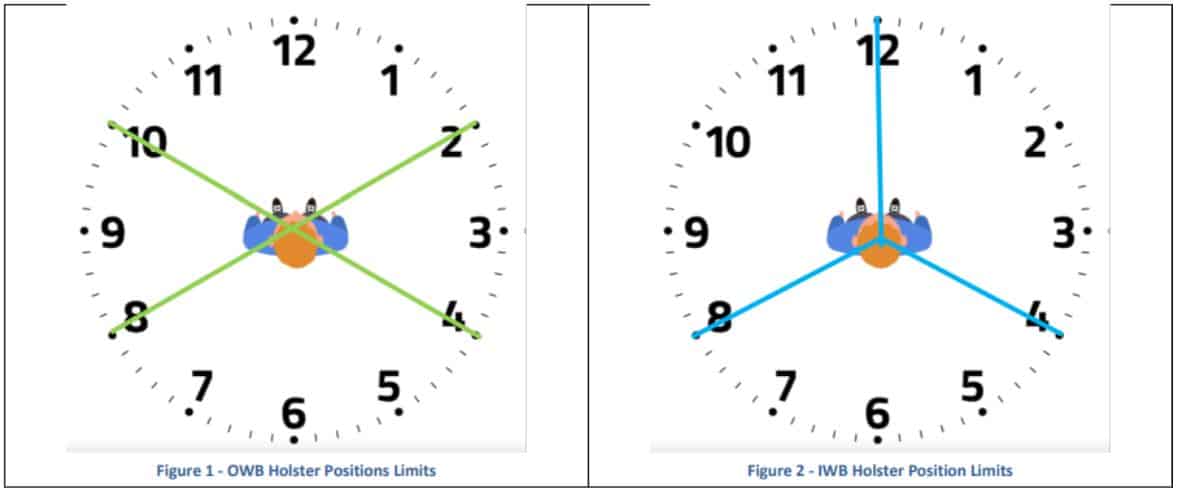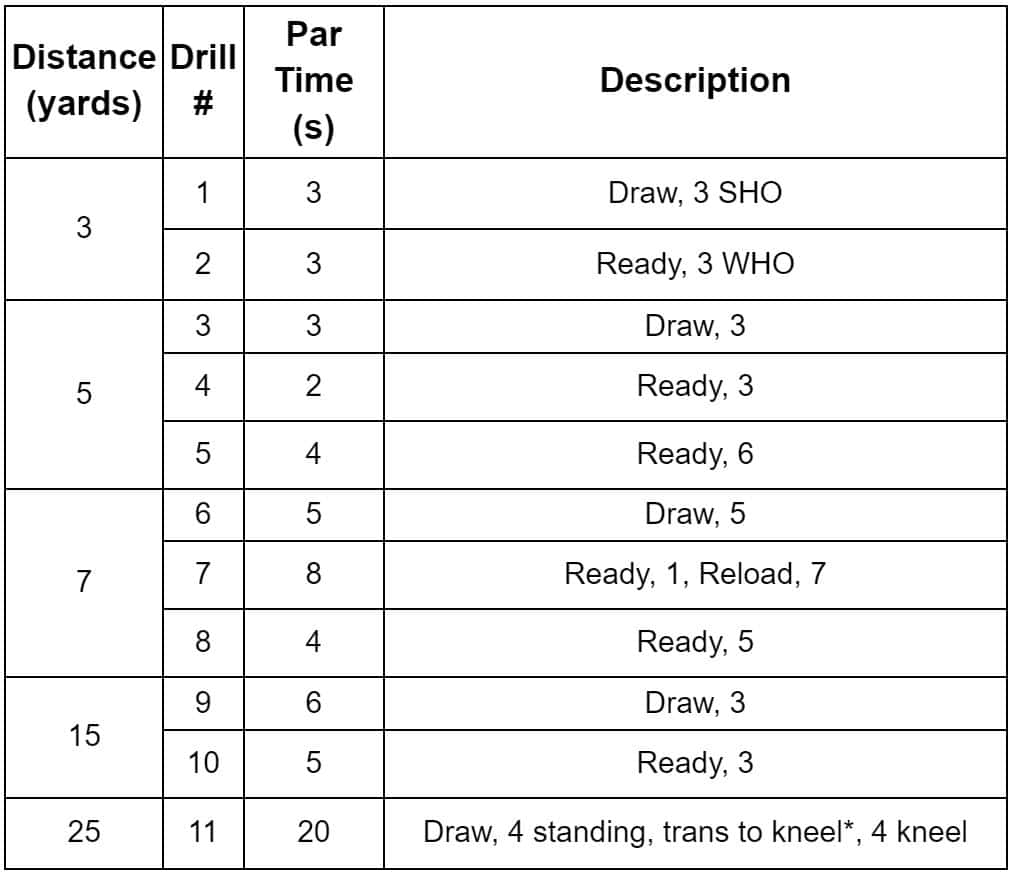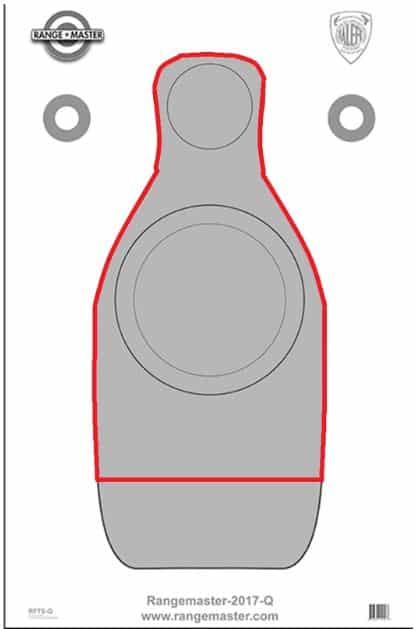To use the Action Range outside of a club sponsored event, a member must pass a live-fire qualification; information below:
READ THE BELOW BEFORE SIGNING UP
Description of Event:
- Safety brief
- Overview of relevant range-specific protocols
- Holster use safety assessment
- The Action Range qualification (50 rounds).
- Based on the FBI qualification (see below)
- Needs to be successfully completed and recorded in the presence of at least 3 R&P committee examiners
- Action Range Orientation
Safe Handling & Attitude:
- Already have your fundamental safety skills well established. You must have constant awareness and control of your muzzle direction and trigger finger placement, even under stress. Whenever you are not aiming at the target with the intention to shoot, your finger must be outside of the trigger guard and high on the frame/slide of the pistol.
- You may ONLY handle a firearm at the firing line with no persons down range.
- You must maintain a positive attitude towards safety. You must not respond negatively or dismissively, if R&P Committee examiners point out a safety issue.
- R&P Committee examiners must disqualify a participant if they observe poor safety skills or attitude during the qualification. They also reserve the right to disqualify a participant at any point during the qualification process, if they believe it unsafe for them to continue.
Gear & Holsters:
Here’s what kind of gear you will need for the Action Range Qualification Test:
-
- You need a pistol with a capacity of at least 8 rounds. You will need 100-150 rounds of quality ammunition (cartridge misfires will not get a “redo”). You will need at least 2 magazines, but more is better.
- You need a sturdy belt that will support your holstered firearm. A belt that is too flimsy or too thin may not properly secure your holster or support the weight of your firearm. Additionally, this will allow you to equip a magazine pouch or carrier.
- Your holster must be designed to be equipped on your belt. The holster must be a strong side hip holster worn inside the waistband (IWB) between 12 and 4 for right-handed shooters, or outside the waistband (OWB) between 2 and 4 for right-handed shooters. Left-handed shooters use 8 to 12 o’clock (IWB) and 8 and 10 o’clock (OWB). No pocket, shoulder, handbag, or ankle holsters. See diagram below.
- You must have a concealment garment. Concealment garments must hide all of the holster, firearm, ammunition carriers, loading devices and other equipment from view in any direction.
- Your holster must completely cover the trigger guard of your firearm, preventing anything from touching the trigger while the firearm is inside the holster
- Nothing universal fit, or designed for a variety of guns. If a holster fits 20 different models of gun, then it probably doesn’t fit any of them WELL. You don’t want your loaded gun falling out of your holster if you trip.
- Nothing made of nylon, suede, or soft fabrics. Not only will these materials not hold your gun securely, but they will likely close up while they are empty, creating hazards when you reholster your pistol. Stick with more rigid materials like quality leather or kydex (hard plastic)
- No holster designed to use your trigger finger to press a retention release button! These all look great on paper, and may sound safe in theory, but there is no good reason for your trigger finger to be doing anything, except staying out of the way while you draw. Period. If active retention is something you see as a must-have, check out a thumb-activated release like the Safariland ALS.
- Please make sure you wear adequate footwear for unpleasant terrain, as the ground is strewn with rocks/brass/broken auto glass/etc.
- A magazine pouch/carrier is highly recommended.
- R&P Committee Qual Examiners reserve the right to disqualify an individual based on equipment, if they believe it to be unsafe for the qualification.

Qualification Test (based on the FBI Qual):
The qualification is a series of drills at various distances starting from either a concealed holster (indicated by “draw”) or from a low ready (indicated by “ready”). A low ready is where the pistol is in a position otherwise ready to fire, except that the muzzle is pointed below the target (but still at the berm) and the shooter’s trigger finger is high and outside the trigger guard. Unless indicated by Strong Hand Only (SHO) or Weak Hand Only (WHO), the participant is expected to use 2-handed grip.
The target is the upper portion of the Rangemaster Q target silhouette (outlined in red on image below). Shots within this area, including line breaks, are worth 2 points each.
The break down of the drills is as follows:

*For those with medical issues that make transitioning to kneeling very difficult and/or very painful may opt to do all 8 rounds standing; but will need to side-step in place of kneeling.

Participants pass the qualification with a score of 80 points (40 shots on target), if they have not been observed behaving unsafely during the qualification.